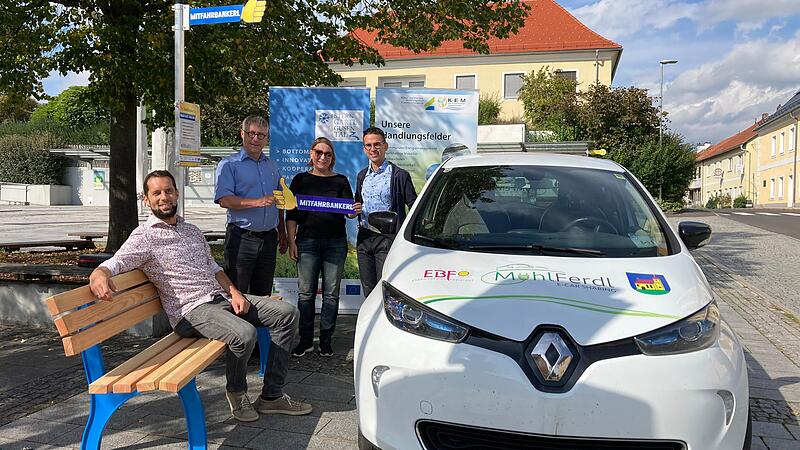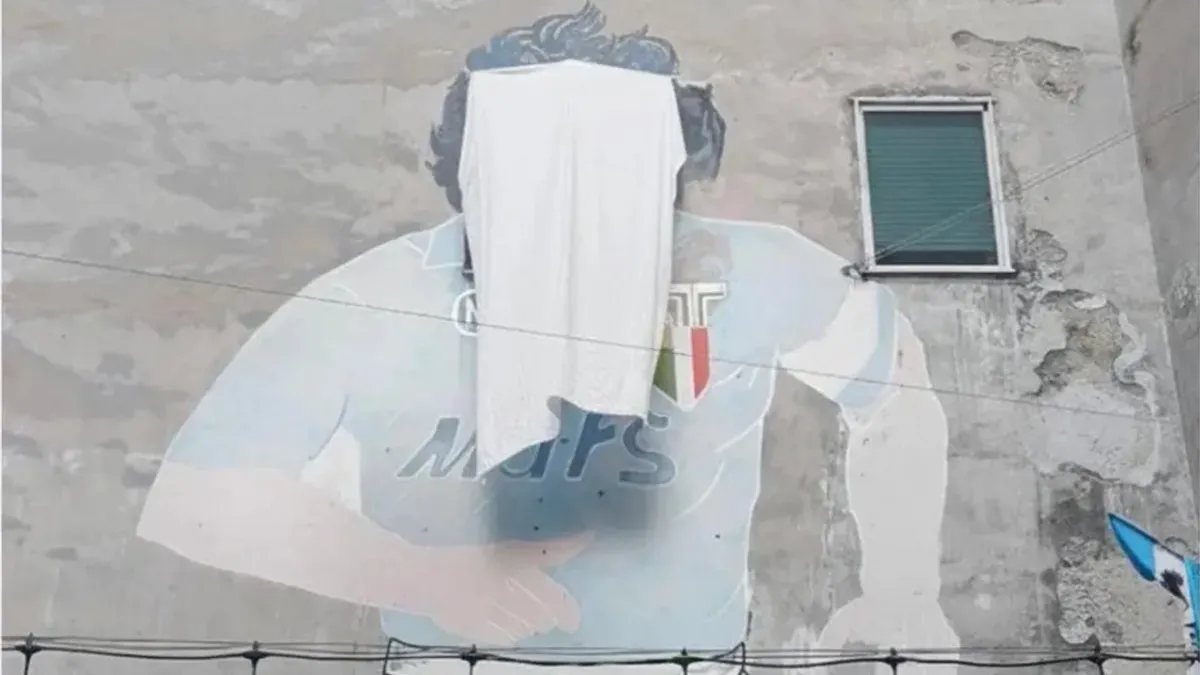Stop by hitchhikers used to be, today you take a seat on the bench seat. Eleven communities in the Sterngartl-Gusental region have decided to provide bench seats. This idea was implemented in time for the European Mobility Week via the Leader project of the same name with the support of the EU, the federal government, the state and the region. From now on, 27 such benches are freely available for all road users to close the mobility gap in rural areas. The number of passenger cars in Austria continues to increase every year. At the same time, the occupancy rate per vehicle is falling. This development runs counter to the climate goals and amplifies current mobility problems.
Simple principle
The new ride-on benches offer an additional option in rural mobility. The basic idea is to make it as easy to use as possible. The principle is therefore uncomplicated: anyone who wants to get from A to B sits on the bench seat. All passing drivers see that the person would like to ride and can let those waiting get in. It is therefore a spontaneous and self-responsible car pool.
Carpool meeting point
In addition, the benches can also be used as a meeting place for planned carpooling.
“It is precisely in the low-threshold approach of the project that there is great potential. An effective supplement is also being created for people who do not have their own driver’s license or vehicle,” says Hermann Reingruber, chairman of the sponsoring association. As objects in public space, the benches should regularly stimulate reflection and discussion about individual mobility. There are currently ride-on benches in the communities of Alberndorf, Altenberg, Bad Leonfelden, Hellmonsödt, Haibach, Oberneukirchen, Ottenschlag, Reichenau, Gallneukirchen, Reichenthal and Zwettl.
An overview of the locations is continuously updated on the region’s website. You can also find ride-on benches in the neighboring regions of Urfahr-West and in the Mühlviertler Kernland – and the network is becoming denser. The Sterngartl-Gusental region, with its 16 member communities, has been increasingly active in climate protection as a climate model region since 2012.
Source: Nachrichten




